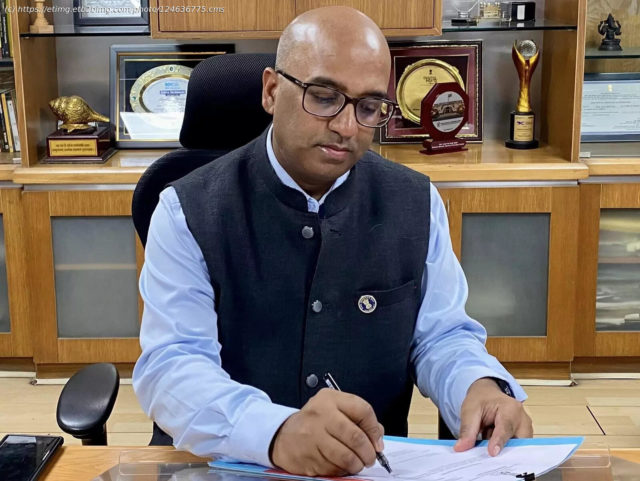By commenting, you agree to the
As Artificial Intelligence reshapes economies and governance worldwide, India is crafting its own path — one grounded in inclusion, ethics and national capability. At the heart of this transformation is the IndiaAI Mission, a ₹10,300-crore initiative that seeks to build the nation’s AI compute infrastructure, datasets, foundation models, and talent pipeline. Spearheading this ambitious programme is Abhishek SinghAbhishek Singh, Additional Secretary, Ministry of Electronics and Information Technology (MeitY), CEO of the IndiaAI Mission, and Director General of the National Informatics Centre (NIC).In this conversation with Anoop Verma, Singh discusses the government’s strategy to democratise compute, strengthen India’s AI ecosystem, and ensure that technological progress remains safe, ethical, and aligned with India’s socio-cultural fabric. He also explains how NIC is driving the adoption of AI across ministries and states — from translation and document summarisation to predictive analytics and citizen services — laying the digital foundation for a new era of governance.Edited excerpts:
Google has announced a USD 15 billion investment to build an AI hub in Visakhapatnam. How does this initiative align with India’s compute ambitions and infrastructure partnerships?
Google’s announcement is primarily aimed at augmenting data centre capacity, which is essential for building AI compute. As we move toward developing indigenous AI models, the demand for compute resources continues to rise exponentially. When hundreds of millions of Indians begin using AI applications across various sectors, the requirement for inferencing capacity will be immense.Hence, investments such as Google’s one-gigawatt data centre in Visakhapatnam over the next five years are very welcome. They support data localisation, enable service delivery from infrastructure within India, and demonstrate confidence in India’s talent and technology ecosystem. This is just the beginning—many more global players are likely to invest in India’s AI infrastructure.The government has democratised compute by making GPU access affordable—at about ₹65 per hour. How do you assess utilisation levels, and how do you ensure fairness among academia, startups and corporates?
The ₹65-per-hour rate was arrived at through a transparent tendering process. We have empanelled multiple service providers offering GPUs and TPUs of various types—NVIDIA H200, H100, A100, L40, AMD MI300, AWS Inferentia, Google TPUs, and Intel Gaudi. Currently, 28,000 out of 38,000 GPUs are installed and operational. These are being used by startups, researchers, and institutions that are building AI applications or training foundation models. For developers, 40% of the GPU cost is subsidised by the IndiaAI Mission, and for the 12 selected entities developing foundation models—such as Sarvam, Soket, Gnani, IIT Bombay, BharatGPT, GenLoop, Gentique, Tech Mahindra, and Fractal Analytics—the government provides compute support.This ensures a level playing field and accelerates innovation across the ecosystem.The IndiaAI Mission has an outlay of ₹10,300 crore and 38,000 GPUs under the Compute Pillar. How would you assess the progress made so far in building an AI ecosystem in India?
The IndiaAI Mission was approved in March 2024, and implementation began by mid-year after the elections.






